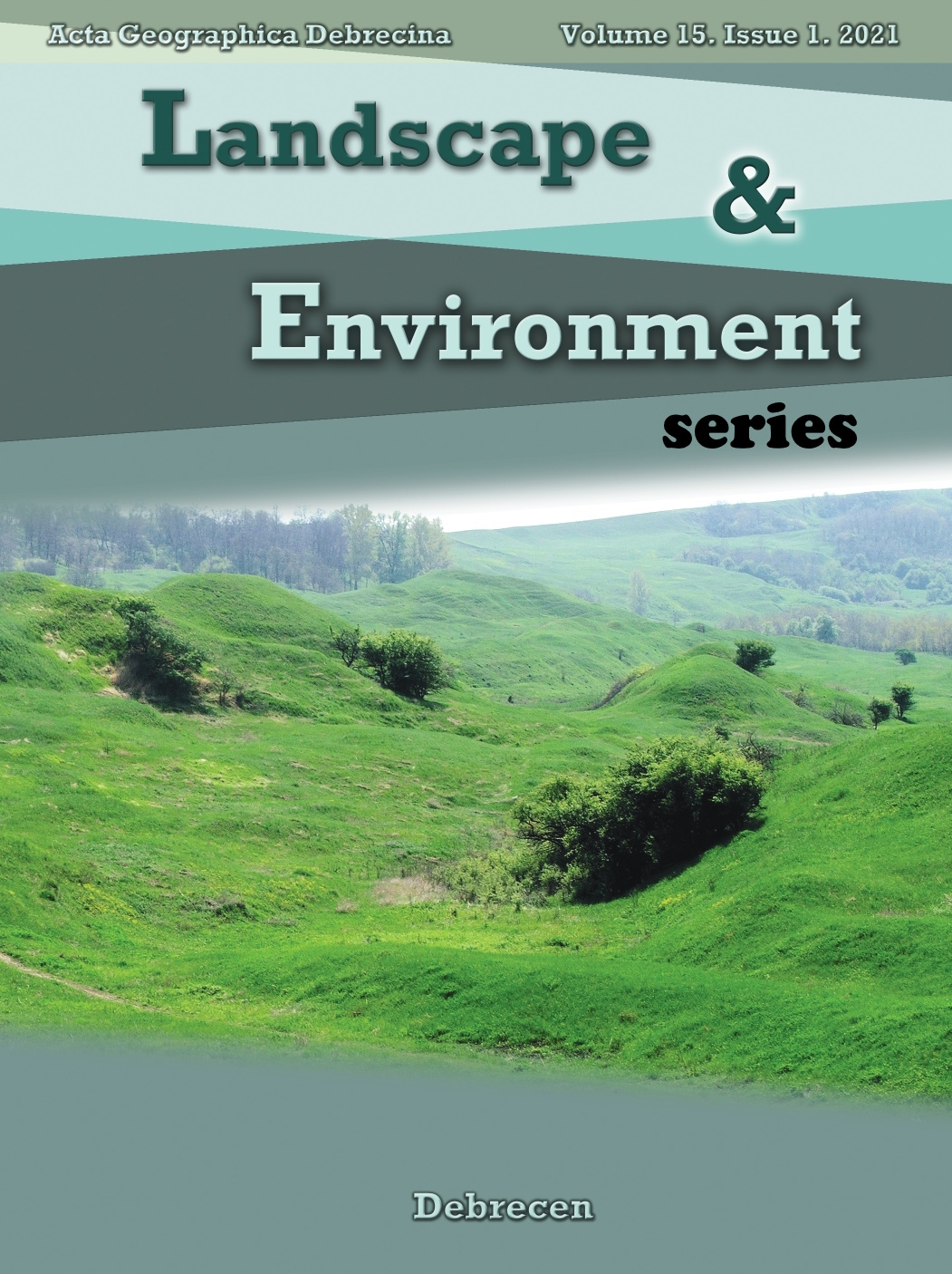Long-term analysis of River Tisza water level data with regard to the ecological water demand of floodplain water bodies
Authors
View
Keywords
License
Copyright (c) 2021 György Dévai, Martina Gyöngy, Csaba Berta, Ferenc Bogár, Imre Bogár, György Varga, Lucza Zoltán, László József Szabó, Imre Somlyai, Sándor Alex Nagy, István Grigorszky

This work is licensed under a Creative Commons Attribution-ShareAlike 4.0 International License.
How To Cite
Abstract
One of the main threats of our time is the increasing water demand not only globally, but also locally. These are often met at the expense of ecological water demand, jeopardizing the structural and operational conditions necessary to maintain good ecological status in aquatic and wetland habitats. This is why it is of great importance to explore possible water retention options. In 2019, based on the long-term data series on the water level of River Tisza, we studied the frequency and extent of flooding in the floodplain between Tiszabercel and Gávavencsellő, where there are valuable wetlands, including a ‘sanctuary’-type backwater. This was necessary because recently the floodplains have undergone negative changes. Their water volume has gradually decreased, their valuable wildlife has become rarer, some of them have completely dried out in the autumn and even one of them has burned out. From the analysis of the examined 48-years data, it could be concluded that flooding was relatively frequent in the sampled area, but the extent of water coverage had no significant effect either in space or time. It was also found that only water levels above 700 cm (based on the water meter of Tiszabercel, 98.36 mBf) could adequately ensure that the water bodies are filled up and flushed out. However, there is little chance of this, because of four reasons: (1) water levels of this height are becoming rare; (2) the duration and height of high water levels are mostly short in time; (3) water levels of several water bodies are artificially decreased; (4) the drainage effect of the River Tisza – which has been significantly incised after the river regulation – prevails in the area. Due to all, in the future, there would be a great need to maintain the water levels in the floodplain wetlands as efficiently as possible after the floods – for which we have made specific proposals for the places and methods to preserve the ecologically necessary amount of water.

 https://doi.org/10.21120/LE/15/1/3
https://doi.org/10.21120/LE/15/1/3